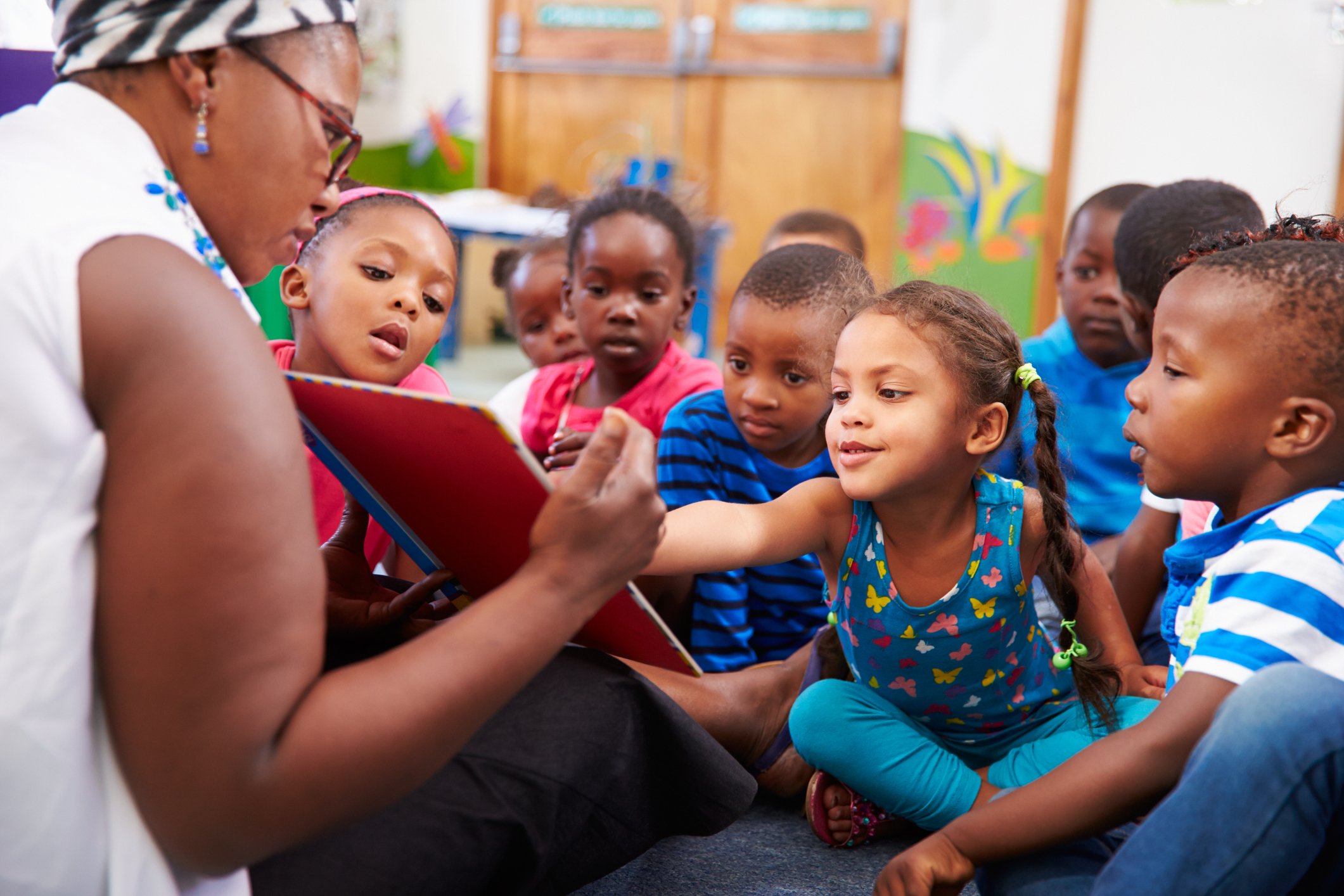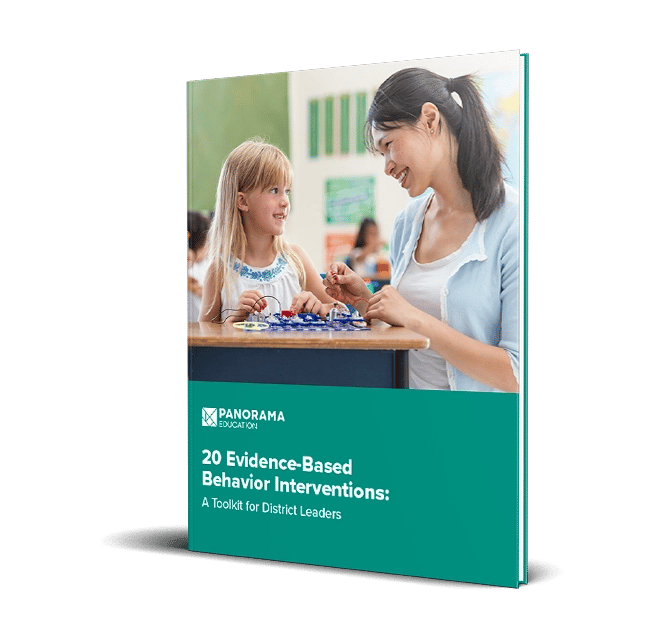When classrooms are positive and well-structured, students thrive both academically and emotionally. Research shows that students in supportive and organized learning environments perform better in math and reading, highlighting the importance of establishing clear classroom rules and expectations.
Equally important is creating healthy boundaries that prevent disruptive behavior without stifling creativity. Read on for practical examples of classroom guidelines to help you build an engaging, productive learning space.
15 Essential Classroom Rules and Expectations
Classroom rules should be well-defined, student-friendly, and tailored to different grade levels. Co-creating these guidelines with students fosters a sense of ownership and helps ensure they understand behavior expectations from the start.
Every school has its own unique culture, challenges, and student needs. The following rules serve as a starting point and can be adapted, modified, or reimagined to fit your specific context, values, and students.
- Respect Others: Listen attentively, avoid interruptions, and use kind words.
- Be Prepared: Bring necessary materials, complete assignments, and participate actively.
- Engage in Learning: Ask questions, share ideas, and contribute to discussions.
- Use Devices Responsibly: Follow technology guidelines and minimize distractions.
- Keep the Classroom Clean: Take care of personal space and shared materials.
- Be on Time: Arrive punctually and ready to learn.
- Communicate Honestly: Speak truthfully and ask for help when needed.
- Take Responsibility: Own your learning, behavior, and choices.
- Use Positive Language: Promote a respectful and inclusive classroom culture.
- Follow Directions: Listen carefully and complete tasks as instructed.
- Collaborate Effectively: Respect group work and contribute fairly.
- Manage Emotions: Express feelings constructively and seek help when necessary.
- Stay Safe: Maintain a respectful and secure environment for all.
- Embrace Mistakes: View challenges as learning opportunities.
- Support Inclusion: Respect diverse perspectives and learning styles.
5 Ways to Teach Acceptable Classroom Behavior
Creating an environment where students can learn and grow is an ongoing process that involves setting clear expectations, modeling positive behavior, and providing supportive guidance. When students understand what’s expected of them—and why it matters—they’re more likely to contribute positively to the learning environment.
Here’s a guide to teaching acceptable classroom behavior:
1. Establish Clear Expectations
Clear expectations are the foundation of positive student behavior. Use discussions and class meetings to ensure every student understands the values and purpose behind each behavioral standard. Frame rules positively—for example, “Speak in a moderate, respectful tone” instead of “Don’t yell in class.” Reinforce expectations with visual reminders like posters and handouts that students can reference throughout the year.
2. Model and Reinforce Positive Behaviors
Research shows that children learn best through observation and practice. Teachers, administrators, and staff should consistently model expected behaviors when interacting with students and colleagues. Acknowledge students when they demonstrate positive behaviors with specific praise, such as, “I appreciate how you waited patiently for your turn to speak during our discussion.” This reinforcement helps students connect positive behavior with successful learning experiences.
3. Encourage Student Ownership and Voice
When students are involved in creating classroom expectations, they’re more likely to follow them. Hold class meetings to discuss behavioral challenges and brainstorm solutions together. Provide opportunities for students to reflect on their choices and set personal goals for improvement, fostering self-awareness and responsibility for their actions.
4. Teach Emotional Awareness and Conflict Resolution
Conflicts are inevitable, even with clear classroom policies. The key is teaching students how to handle these situations constructively. Help students recognize their emotional triggers and develop strategies to manage strong feelings. Use tools like peer mediation and role-playing to foster empathy, encouraging students to understand each other’s perspectives and work toward win-win solutions.
5. Use Tiered Supports for Behavior
A one-size-fits-all approach to student behavior is bound to fall short. Instead, schools and districts should apply the Multi-Tiered System of Supports (MTSS) framework to ensure each student receives the behavioral interventions they need. This includes providing individualized coaching and collaborating with families to develop tailored behavior plans when necessary.
20 Evidence-Based Behavior Interventions for Your School Teams
Easy-to-understand rules and consistent guidance are the building blocks of a positive classroom culture. By establishing clear expectations and reinforcing positive behaviors, educators can foster an environment where students thrive academically and socially. Yet, ensuring every student receives the right level of behavioral support can be challenging without the proper tools.
That’s where our Evidence-Based Behavior Interventions Toolkit can help. This resource offers 20 proven strategies designed to support students at every tier of intervention. Each guide includes detailed instructions and fidelity checklists, giving educators the confidence to implement interventions effectively.
Download the toolkit today to equip your school and district teams with the strategies they need to build strong, supportive learning environments. Whether you're a district leader, school administrator, or classroom teacher, these interventions can help you meet every student’s behavioral needs while promoting positive outcomes schoolwide.







